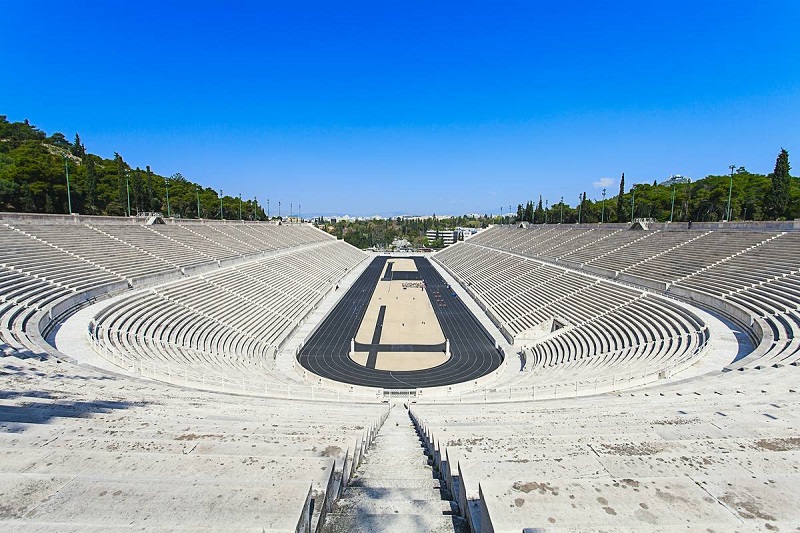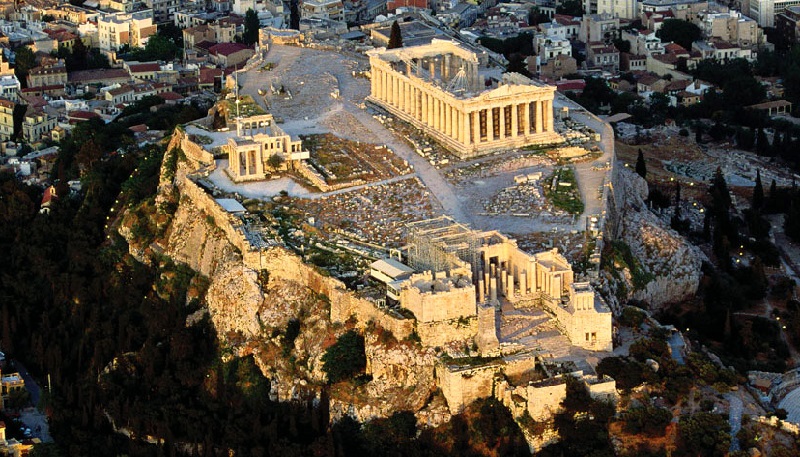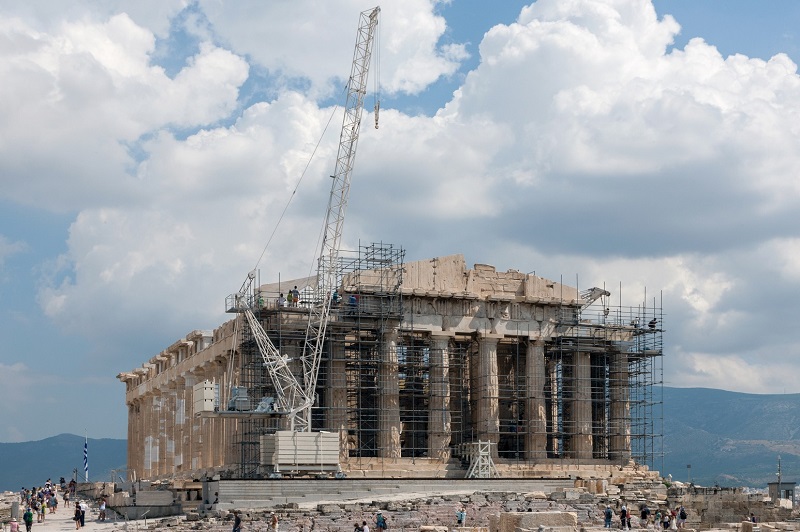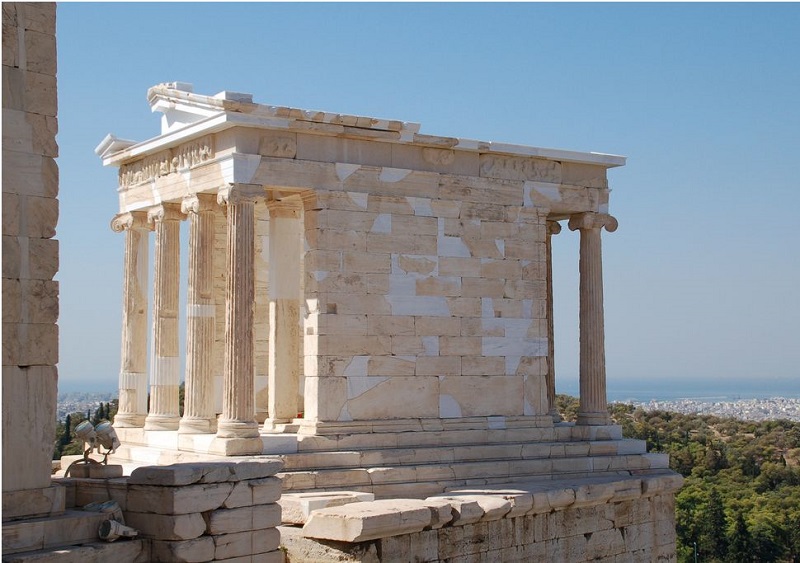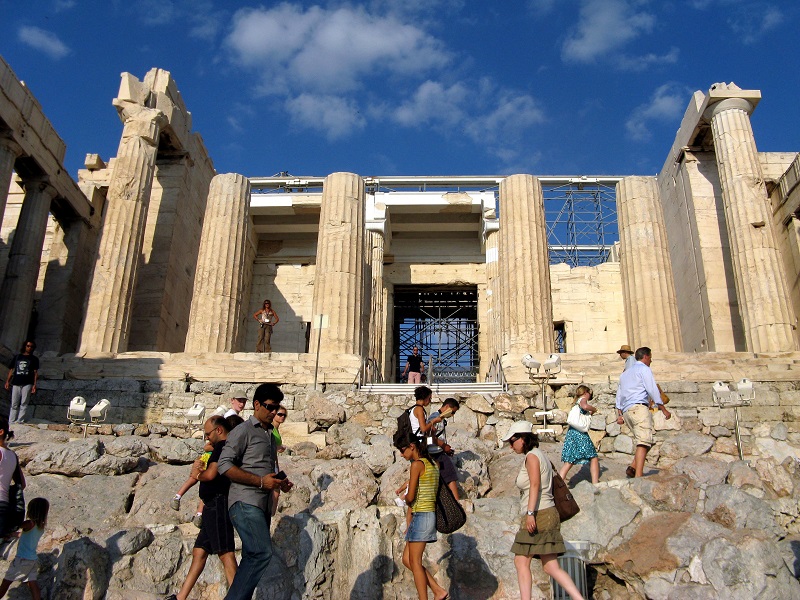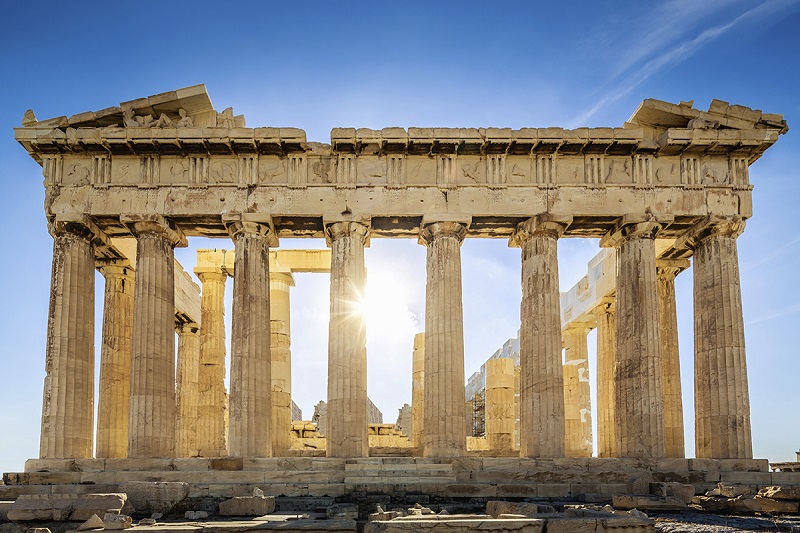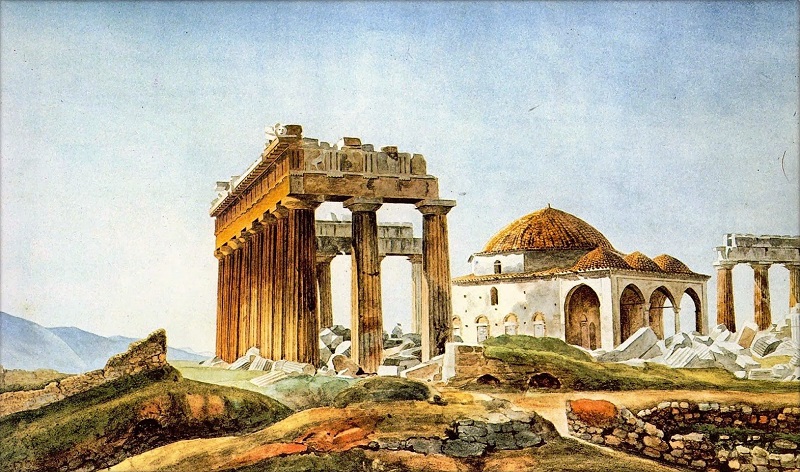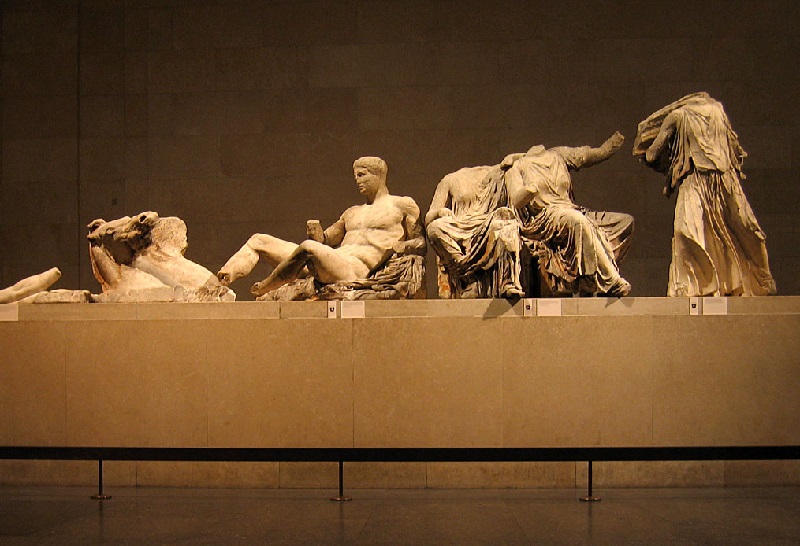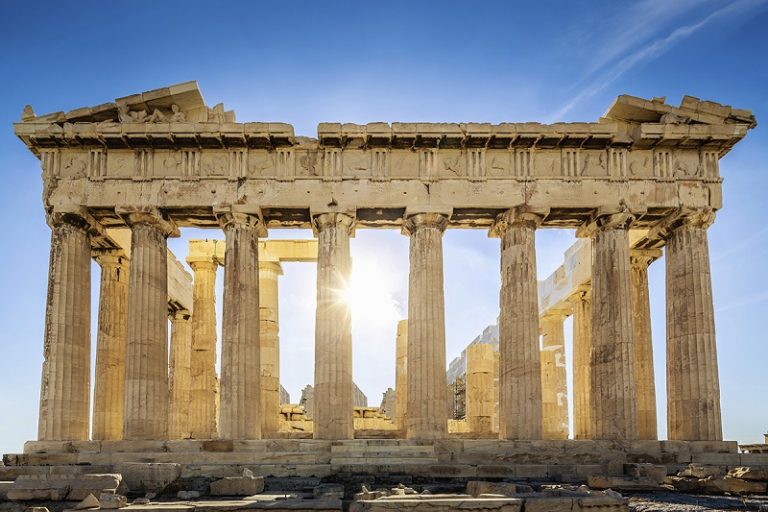
Its name means “City on the Air”
Source: Link
The term “Acropolis” comes from the Greek words “akron” (which means the “highest point or extremity” and “polis” (which means “city”). So, Acropolis can be taken to mean “High City”, “City on the Extremity”, or “City on the Air”. Greece has many other acropoleis, but the term most often refers to the Acropolis of Athens. Click the next ARROW to see the next image!
It was involved in the Panathenaic Games
Source: Link
The Panathenaic Games was Athens’s answer to the Olympic Games. It involved a wide range of activities including chariot races, mock cavalry battles, and poetry and music competitions. During this event, the Athenians would hold a procession to the Acropolis, where they would place a new robe on the statue of Athena Parthenos. Click the next ARROW to see the next image!
It has several important buildings
Source: Link
The Parthenon is the most popular building in the Acropolis, but there are several others on the site. These include the Erechtheion, the Propylaea, and the Temple of Athena Nike. Other structures, such as the Theatre of Dionysus and the Odeon of Herodes Atticus, are also on the area, although they’re no longer in good shape. Click the next ARROW to see the next image!
It has been badly damaged in the past
Source: Link
The Acropolis had suffered extensive damage during the Morean War. The Parthenon was used to store gunpowder during this time, and it was hit by a cannonball when the Venetians lay siege to the area in 1687. The Turks had also demolished the Temple of Athena Nike to create space for a canon battery. Click the next ARROW to see the next image!
The Temple of Athena Nike was built in 420 BC
Source: Link
The temple was the first on Acropolis to have a fully Ionic order form. It has been dismantled to remove its friezes, which are now on display in the Acropolis Museum. The friezes depict several scenes such as the deeds of Hercules and involves various sculptures like the statue of Moscophoros. Click the next ARROW to see the next image!
The Propylaea has been left unfinished
Source: Link
Construction of the Propylaea began in 437 BC, but it was cut off in 432 BC even though the structure was still not finished. The Propylaea is made of white Pentelic marble and structural iron, with gray Eleusinian marble for accents. Its columns reflect the proportions of the Parthenon’s columns. Click the next ARROW to see the next image!
The Erechtheion was completed in 406 BC
Source: Link
Construction of the Erechtheion began in 421 BC and was completed 15 years after, using marble from Mount Pentelikon and black limestone from Eleusis. It was dedicated both to Athena and Poseidon. The Erechtheion was turned into a church during the Byzantine period and a palace during the Frankokratia. Click the next ARROW to see the next image!
The Parthenon was completed in 438 BC
Source: Link
This temple to Athena was built in 447 BC and completed 9 years after, although it took another 6 years to decorate the structure. It was constructed during the time when the Athenian Empire was at its most powerful, and it symbolizes not only Athenian democracy but also the entire ancient Greece. Click the next ARROW to see the next image!
The Parthenon once became a church and a mosque
Source: Link
Christians converted the temples of Acropolis into churches in the 6th century, with the Parthenon becoming a church that was dedicated to the Virgin Mary. It then became known as the Church of the Parthenos Maria. When the Ottomans conquered the city in the 1460s, the Parthenon was transformed into a mosque. Click the next ARROW to see the next image!
Many artifacts from the Acropolis are in a British museum
Source: Link
Thomas Bruce, 7th Earl of Elgin, removed several sculptures (now known as the Elgin Marbles) from the Parthenon from 1800 to 1803. The sculptures were later sold to the British Museum in London. The Greek government has been trying to have the sculptures returned to Greece.

